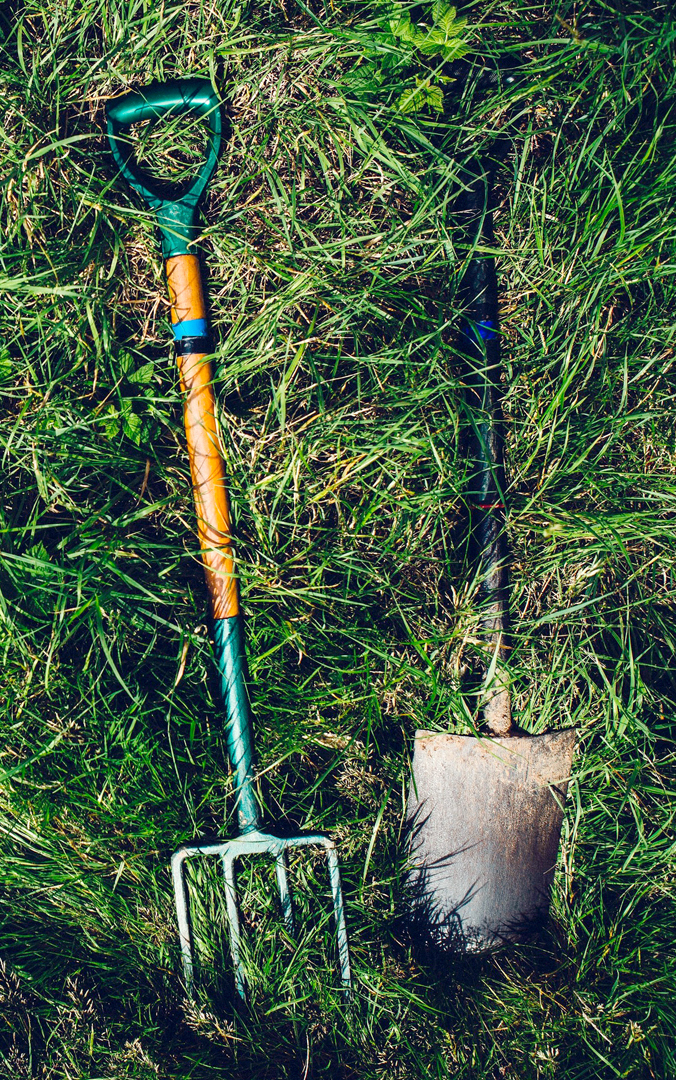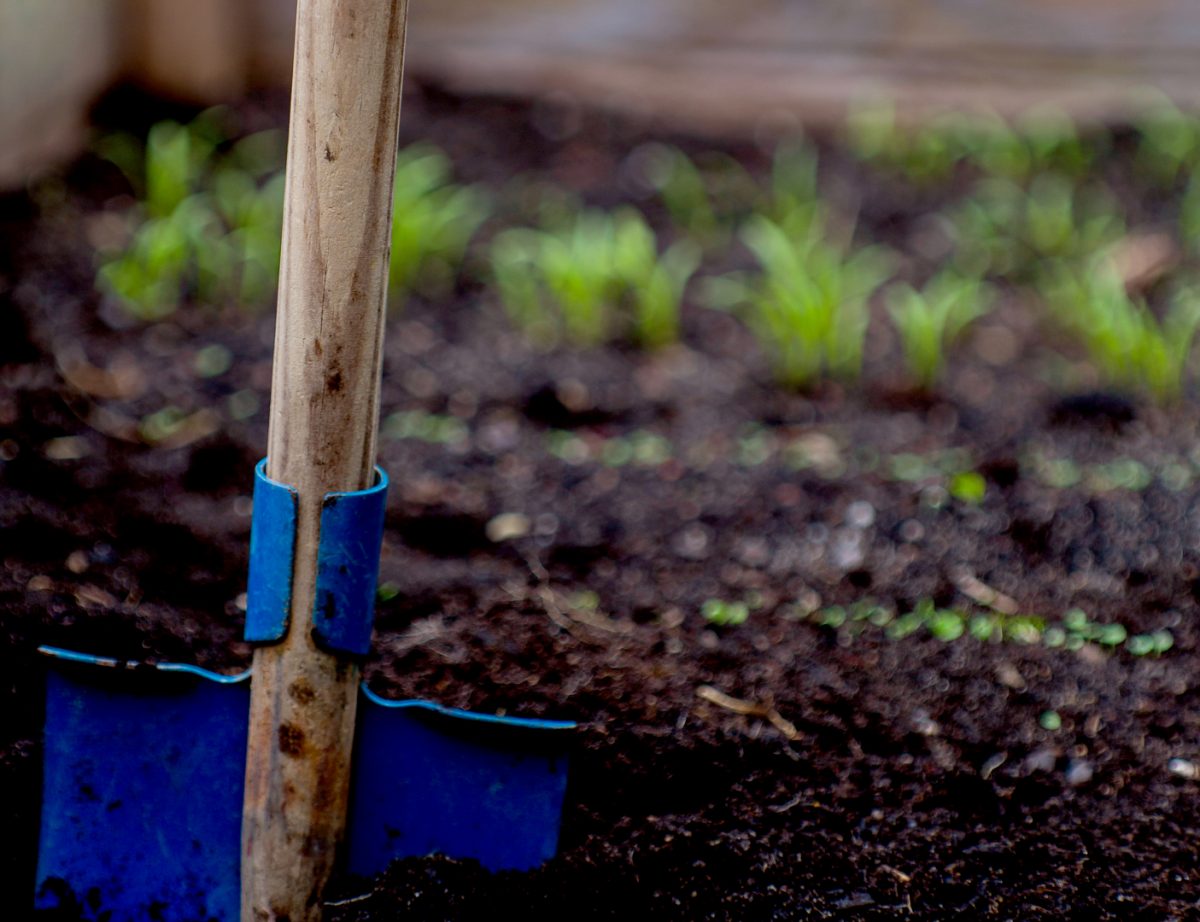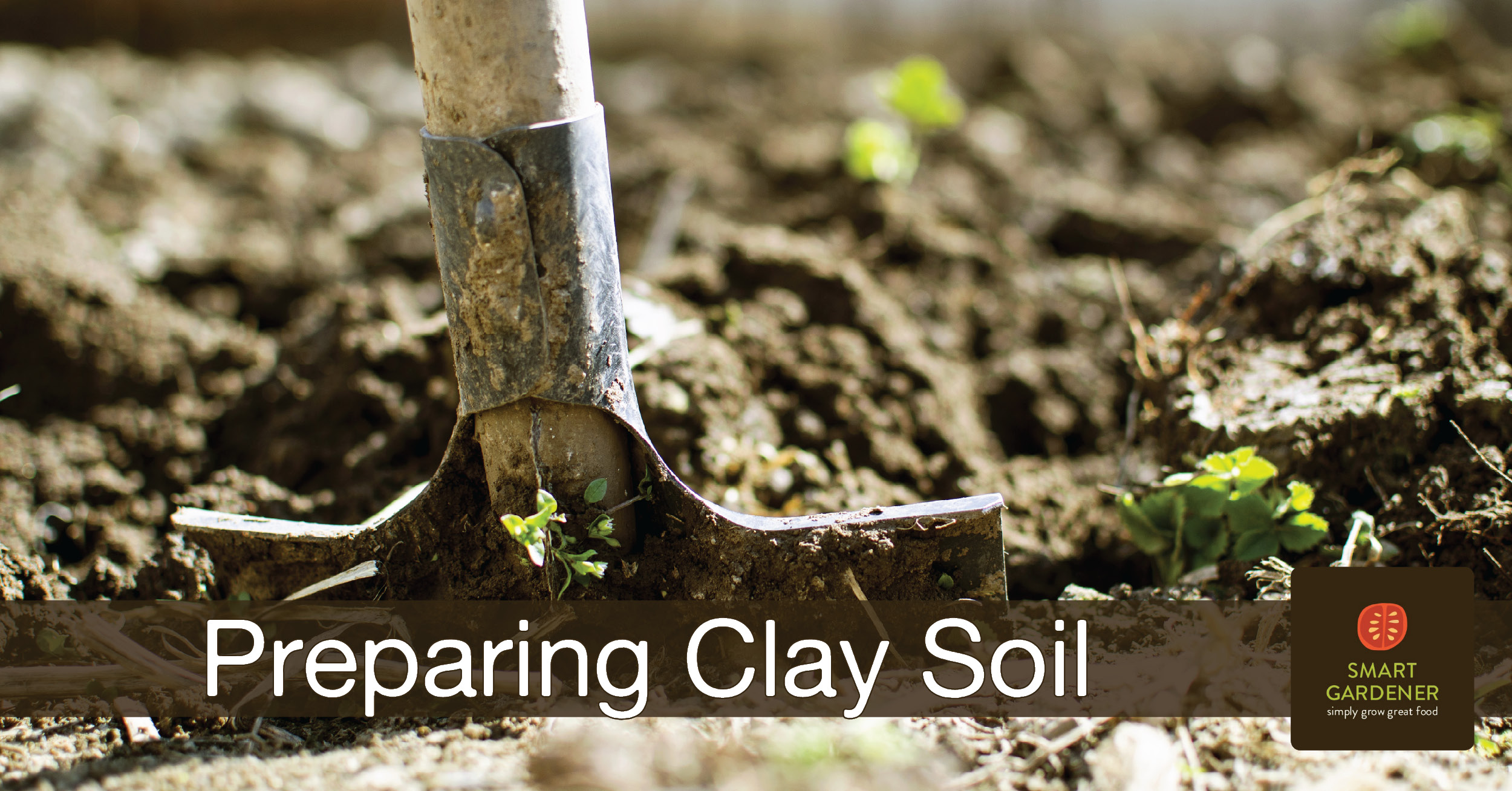 One of the major considerations when putting in a new garden is soil texture. The mineral make up of soil is a mixture of different sized particles: sand, silt and clay. Each component plays an important role in the soil’s structure, impacting how well roots can grow and how much water and nutrients are available. The goal is to find a good balance.
One of the major considerations when putting in a new garden is soil texture. The mineral make up of soil is a mixture of different sized particles: sand, silt and clay. Each component plays an important role in the soil’s structure, impacting how well roots can grow and how much water and nutrients are available. The goal is to find a good balance.
Ideally your garden’s soil will contain at least 20% clay. Soil with over 35% clay is considered “clay soil.”
Clay soil hold a lot of water (up to eight times as much as sandy soil) and are slow to dry out. This is an advantage in times of drought, but in wet climates it means they get waterlogged easily. Wet clay soils tend to be cold and slow to warm up in spring. It’s no wonder that many plants don’t over-winter well in clay soils.
Additionally, most plant roots have a hard time penetrating clay soil. The pores are so small and the particles so densely packed that plants will struggle to grow and thrive.
If your garden has clay soil, don’t give up hope. Clay soils can be heavy and difficult to work with, but if you persevere they can be very fertile and productive.
Use the tips below to turn your clay soil into an environment your plants and other beneficial organisms will love.
 Timing is everything
Timing is everything
Limit cultivation to times when soil is not too dry or wet. If you work with dry clay soil it will be so hard it is almost impossible to dig and may crack into large chunks that crumble to dust. When this dust gets wet it sets rock hard, almost like plaster. It’s usually pretty obvious when it’s too dry to work with, and you may need to add water via irrigation, or wait for a soaking rain to soften the ground.
While working with dry clay soil is difficult, cultivation of wet clay is even worse. Wet clay soil compacts very easily when you put any pressure on it, creating a sticky mass that is also hard to penetrate. One sign your soil is too wet is when you leave shiny footprints where you’ve walked because the water has been squeezed from the soil.
Amending clay soil
Add well-decomposed organic matter like compost to help particles cluster together and form larger aggregates. This will improve drainage and aeration.
You can improve clay soil’s structure by adding a mix of 80% gypsum and 20% dolomitic lime. Use an ounce of this mix per square foot of soil in spring and again in fall. This may be repeated for a second year, while also adding as much organic matter as possible.
Adding calcium may be useful to improve soil structure temporarily, until you can get sufficient organic matter and soil life into the soil. But this only works if the soil is low in calcium.
Be sure to double dig to thoroughly incorporate organic matter and calcium, as well as fertilizer and other minerals your soil may need.
 Long-term solutions
Long-term solutions
Use green manures to improve structure. Growing a green manure crop will protect the soil surface as well as add organic matter when you dig it in at the end of its season.
In autumn, when it’s relatively dry, roughly dig the soil and leave it over the winter for frost to break down the large clumps.
Other suggestions for working with clay soil
Use raised beds to improve aeration and prevent future compaction. Build them high to help them drain and warm up.
Slope the site slightly so the soil can drain more quickly.
Never allow clay soil to get so dry that is cracks. These cracks increase evaporation and make the soil hard to re-wet because water simply drains away down the cracks. If it does dry out, cultivate the soil surface.




Leave a Reply